INTRODUCTION
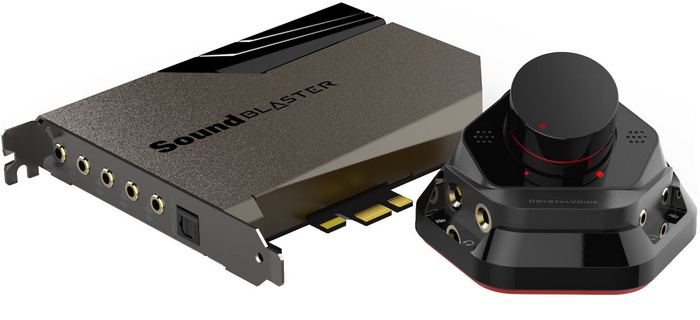
Being someone raised in the "midi ERA" i never quite liked the misconception/notion that audio is not nearly as important as video and yes that's primarily because of Creative Labs and all their sound cards i used in the 90's. Of course, i also believe that video comes first (i just don't see the same gap as others) but seeing people spend hundreds of dollars/euros on graphics cards only to end up using the onboard sound card never sat well with me. This is also one of the reasons there are only a handful of manufacturers who actually make sound cards right now and yes Creative once again seems to be leading the market largely thanks to their impressive Sound Blaster AE-9 model (review here). Still because of its high cost the AE-9 is clearly not meant for everyone out there and having already reviewed their very good AE-5 Plus card (review here) for the past 2 weeks I’ve been testing/using the "middle ground" AE-7 model.
Creative is a worldwide leader in digital entertainment products. Famous for its Sound Blaster® sound cards and for driving the multimedia revolution - which established a user base of 400 million - Creative drives digital entertainment with cutting-edge audio solutions that include premium wireless speakers, wireless headphones, powerful audiophile-grade digital amplifiers and next-generation home-theatre systems. Aiming at the new mobile networked generation by bridging the worlds of the computer, smartphones, and tablets, Creative continues to reinvent the Sound Blaster, with its ground-breaking Sound Blaster Roar series and USB-audio class of products such as the Sound Blaster X7.
Just like with both the AE-5 Plus and the AE-9 for the AE-7 Creative has used their Sound Core3D (CA0132-4AN) audio processor which this time they've combined with the SABRE32 reference class 9018 8-channel DAC (digital-to-audio converter) by ESS (supports up to 32-bit stereo playback at 384kHz and DSD64 with an DNR of 127dB and a THD of just 0.0001% at -120dB) and an Xamp discrete headphone bi-amp (each audio channel is individually amplified - supports headsets from 16Ohm and all the way to 600Ohm impedance). Creative has also equipped the AE-7 with an external audio control module (ACM) which features not only both 6.3mm and 3.5mm input/output connectors for microphones and headphones (complete with volume control) but it can also be used as a standalone microphone. Needless to say, that in order to make the most from the Sound Blaster AE-7 Creative uses their command software which is packed with 23 SBX profiles, 35 different equalizer presets, various filters (virtual surround, crystallizer, crystal voice, bass and scout mode) and the very popular Dolby Audio and DTS Connect encoders (S/PDIF out only). So just based on the name (and the specs) of the Sound Blaster AE-7 it's clear that it lands right between the AE-5 Plus and the AE-9 but which one does it come closer to? Time to find out.
SPECIFICATIONS AND FEATURES

PACKAGING AND CONTENTS
The Sound Blaster AE-7 arrived inside a small yet long box the front of which is taken by a large product picture placed over the main product features and beneath a sticker of a local award.
Available connectivity can once again be found on the right side.
The system requirements and bundle contents are located on the left side of the box.
At the rear of the box Creative has placed in-depth descriptions of the main features in 5 languages.
The card is wrapped inside a static-free bag and is placed in a piece of black foam.
Along with the Sound Blaster AE-7 and its audio control module inside the box you'll also find two warranty papers and the user manual.
THE SOUND BLASTER AE-7
The Sound Blaster AE-7 is a rather compact card that features a nice gunmetal grey aluminum cover and measures just 145mm in length, 128mm in height and 20mm in thickness (identical size to the AE-5 Plus).
To have a better idea of its size i placed the AE-7 right next to the quite larger AE-9 and NU Audio Pro models.
These two stripes and the Sound Blaster logo are the only parts of the card that illuminates (white LEDs).
Creative has used a black PCB for the AE-7.
Moving at the front we find the 3.5mm microphone/line-in port, 3.5mm headphone out port, three 3.5mm 5.1 line out ports and the TOSLINK (SPDIF) optical out port.
The audio control module bundled with the AE-7 may be smaller compared to that of the AE-9 but it feels far sturdier.


 As mentioned earlier not only does this module feature both 6.3mm and 3.5mm input/output connectors for microphones and headphones but it also comes ready with a volume control knob and a build-in microphone.
As mentioned earlier not only does this module feature both 6.3mm and 3.5mm input/output connectors for microphones and headphones but it also comes ready with a volume control knob and a build-in microphone.
The module sits on a rubber pad that takes pretty much the entire base and keeps it in place.
Both 3.5mm connectors coming out from the ACM are gold plated.
SOUND BLASTER COMMAND
Once again, the main tab of the Sound Blaster Command software is nothing less than overcrowded with a plethora of available settings.
The SBX Profiles tab allows the end user to quickly scroll through all 24 available profiles all of which can be modified by the gauges at the bottom.
Inside the equalizer tab Creative has placed the bass and treble sliders and of course the equalizer with a grand total of 35 available presets (most are the same as in the SBX profiles tab).
The playback tab is where you really take control of things since from here you can choose your speaker configuration (stereo/2.1/4.0/4.1/5.1 surround) and the size of your speakers (desktop/bookshelf/tower/custom), calibrate the speakers based on their position/distance, enable direct mode (ideal mode especially for listening to music), use one of the 7 available filters and set the desired audio quality (32-bit/96kHz for 5.1 surround analog, 24-bit/96kHz for optical and 32-bit/384kHz for analog direct).
Everything related to recording is placed in the recording tab (2-channel, 32bit/96KHz max recording quality).
For FPS gamers (especially multiplayer ones) the scout mode may actually come in handy since it does enhance effects like footsteps and weapon fire.
If you happen to be using the S/PDIF output with an A/V amplifier then you can use the Dolby enhancements found in the encoder tab.
Just like with the Windows volume mixer the mixer tab allows you to adjust the volume of both outputs and the input.
Finally, you can check for software updates, enable/disable the software from starting with Windows and reset the software to its factory settings from the settings tab.
CONCLUSION
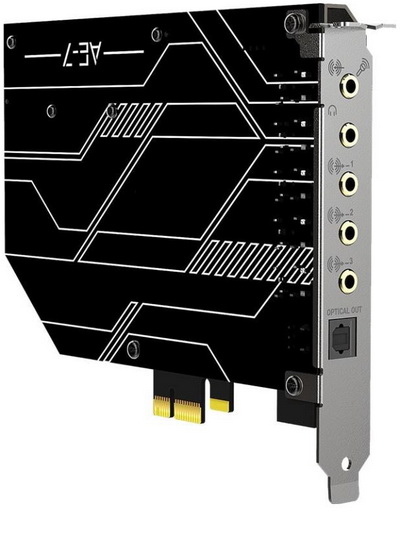
The Sound Blaster AE-7 was clearly designed to "fill" the gap between the AE-5 and the AE-9 models something which is reflected both by its specifications and of course its price tag. However, this was prior to Creative releasing the AE-5 Plus model which is also why these two cards come so close in terms of audio performance. Yes, the Sound Blaster AE-7 outputs audio which is very similar to that of the AE-5 Plus, or better yet doesn’t come as close as that of the AE-9. Gaming performance is actually very similar across all 3 cards (especially in terms of positioning audio, Cyberpunk 2077 worked especially well with it) but when it comes to music and movies the AE-9 clearly takes the lead with far more crisp/pristine, accurate and rich mids, highs and lows. Of course, a couple of friends who happened to visit the office/lab during these 2 weeks liked the way the AE-7 sounds more than that of the AE-9 (different ears, different music tastes) but i hold a different opinion since due to its overall performance (not only in games but also music and yes movies) i consider the AE-9 to sit on top of the “food” chain when it comes to sound cards (with the NU Audio Pro as its sole competition). Unfortunately, just like with the AE-9 the AE-7 doesn’t feature RGB LEDs but honestly that shouldn’t be a priority for a sound card to begin with.
Retailing for USD191.86 inside the USA (Amazon.com) and for 187.19Euros inside the EU (Amazon.de) the Sound Blaster AE-7 PCIe seems to be the ideal choice for people who are looking to get their hands on something slightly better than the AE-5 Plus model but can’t afford to climb all the way to the AE-9. Still if you have no need for the audio control module then the Sound Blaster AE-5 Plus is an very good model which will deliver roughly the same audio results as the AE-7. At the end of the day even though the Sound Blaster AE-7 Sound Card by Creative is quite a few steps beneath the AE-9 it’s still a very good choice (especially for gamers) that won’t let anyone down and certainly deserves the Golden Award.

PROS
- Build Quality
- Audio Performance (Clarity / Detail)
- Very Good 3D Positioning Audio
- Creative 3D Enhancements
- Analog & Digital Surround Sound Outputs
- Audio Control Module (Integrated Microphone)
- Sound Blaster Command Software (Available Settings)
CONS
- No Backplate
- Lack Of RGB Lighting (For Some)

 O-Sense
O-Sense









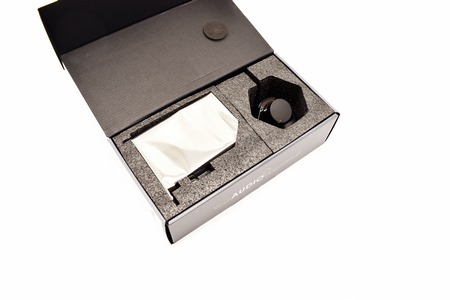
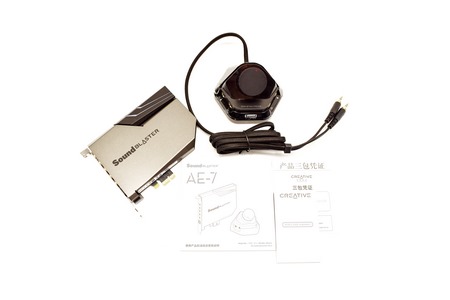









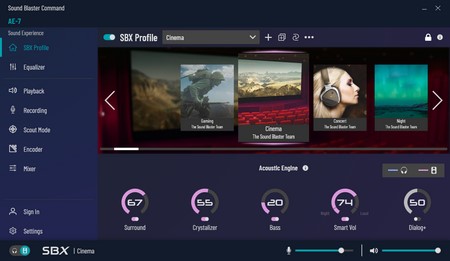
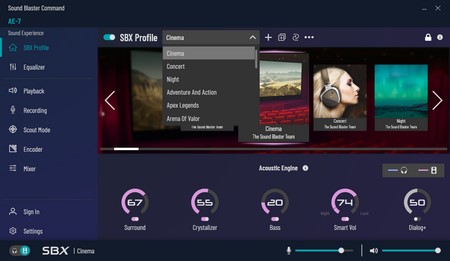
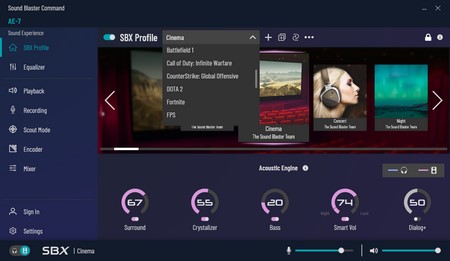


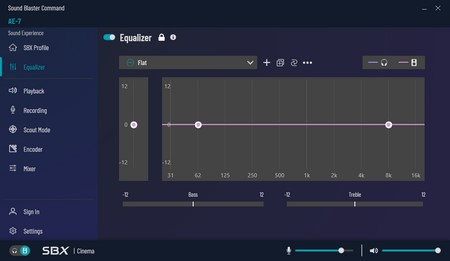


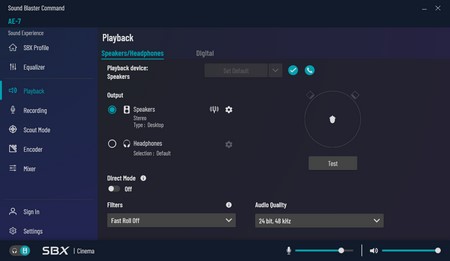
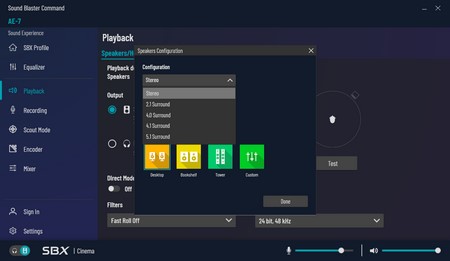


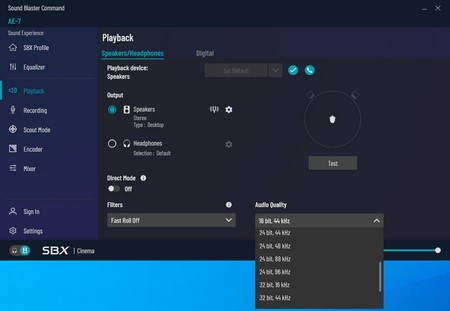
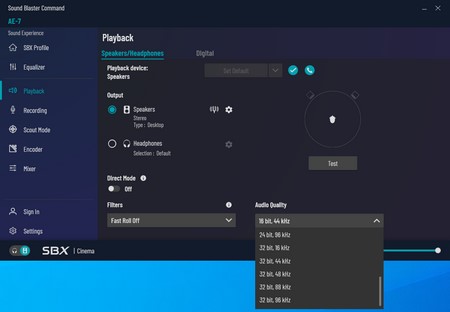
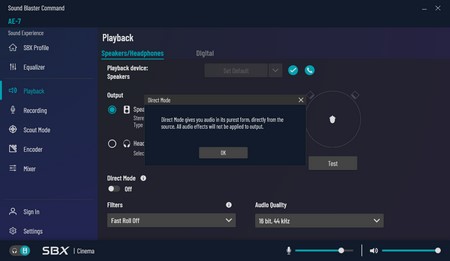
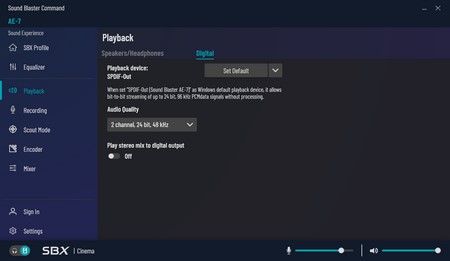




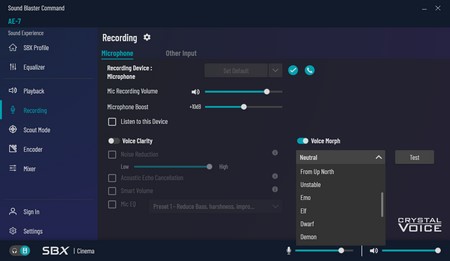


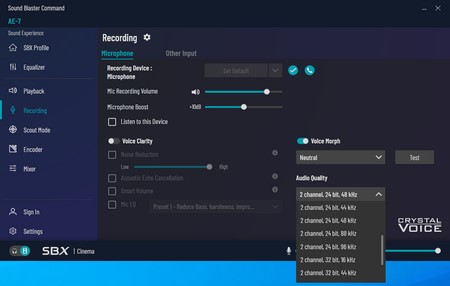

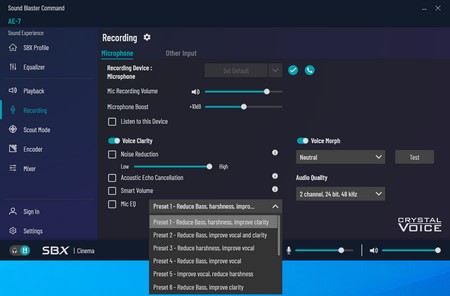
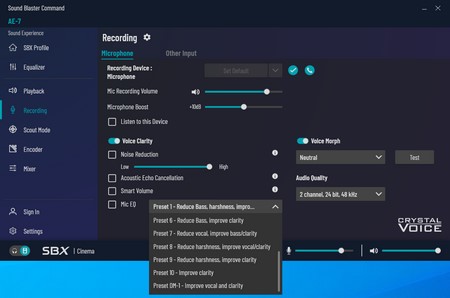
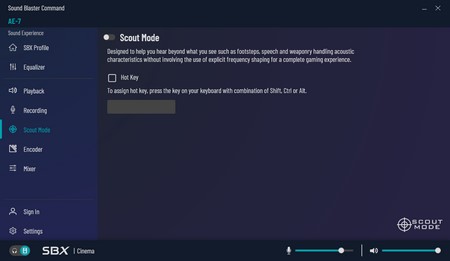


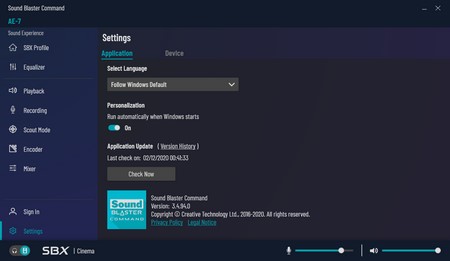
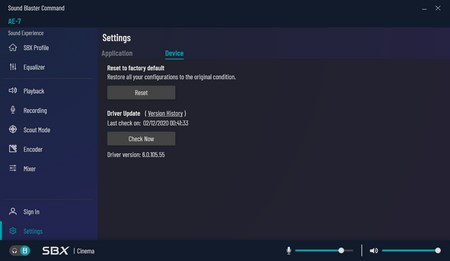


.png)

